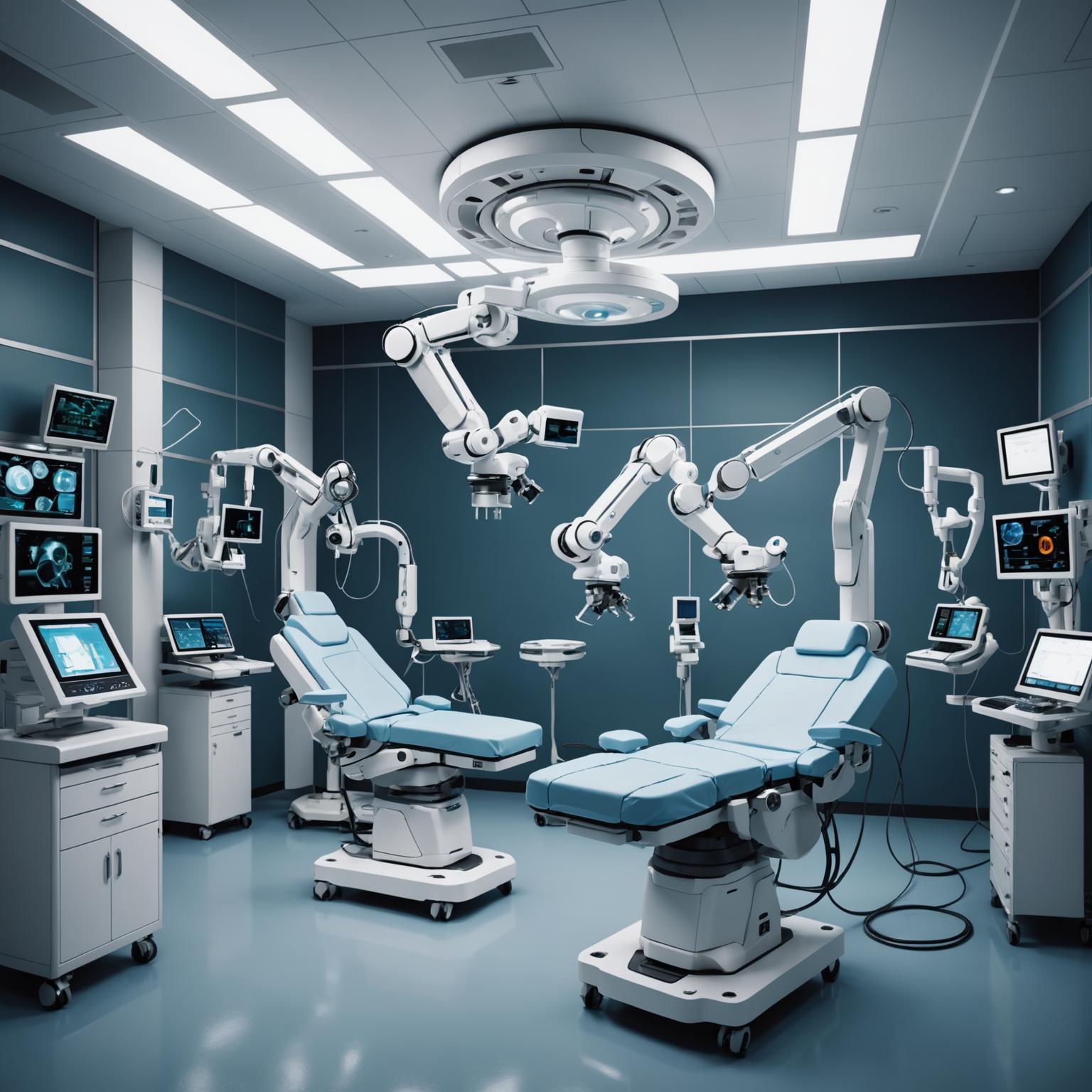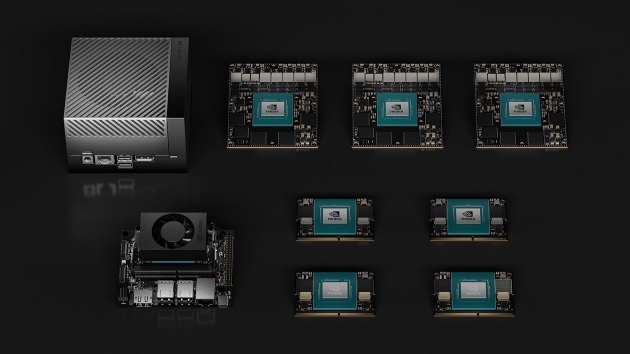The world of modern healthcare is driven by technological innovation, from diagnostic imaging to life-support systems. At the heart of these complex devices are components that are often overlooked but absolutely critical for functionality and patient safety: connectors. The evolution of Connectors in Medicine is a fascinating trend, mirroring the rapid advancements in the devices they serve. As medical technology becomes more sophisticated, portable, and data-driven, the demands placed on these essential components have grown exponentially, pushing the boundaries of material science and engineering.
The Ascendancy of High-Performance Plastics
One of the most significant trends in medical connector design is the decisive shift towards advanced polymers and Plastics. While metal connectors still have their place, high-performance plastics offer a unique combination of benefits that make them ideal for a vast range of medical applications. These materials are inherently lightweight, which is crucial for both handheld devices and large-scale robotic systems where every gram matters. Furthermore, they are compatible with various sterilization methods, including gamma, ethylene oxide (EtO), and autoclaving, without degrading. This makes them perfectly suited for the growing trend of single-use, disposable medical instruments and tubing sets, which help to reduce the risk of cross-contamination and hospital-acquired infections. The design flexibility of plastics also allows for the creation of ergonomic, color-coded, and keyed connectors that prevent misconnections and improve usability for clinicians in high-pressure environments.
Powering the Next Generation of Surgical Robotics
Nowhere is the demand for advanced connectors more evident than in the field of surgical robotics. Consider a system like the Advanced Modular Surgical Robot, an innovation that relies on seamless integration of numerous high-tech components. The robot's articulated arms, high-definition cameras, and sophisticated sensor suites all depend on a network of reliable connectors for power, data, and signal transmission. The use of lightweight connectors is paramount to maintaining the arm's dexterity and swift movements. High-bandwidth data connectors are required to transmit crystal-clear video feeds to the surgeon's console without lag, while robust sensor connectors provide the real-time feedback necessary for pinpoint precision. The reliability of every single connection within such a system is non-negotiable, as a failure could have critical consequences. This trend demonstrates how connectors are no longer just passive components but active enablers of cutting-edge medical procedures.
The Drive Towards Miniaturization and Modularity
A parallel trend influencing connector design is the constant push for miniaturization. As medical procedures become less invasive and devices become more portable, the components within them must shrink accordingly. This has led to the development of micro and nano connectors that pack incredible performance into a tiny footprint, enabling the creation of everything from advanced catheters to wearable patient monitors. This trend also supports modularity, a key design principle in modern medical equipment, including the surgical robot. Modular systems, which allow for components to be easily replaced or upgraded, rely on user-friendly and durable connectors. This approach simplifies maintenance, reduces downtime, and allows healthcare facilities to adapt their technology as new innovations become available, making it a cost-effective and forward-thinking strategy.
Looking Ahead: Smart and Sustainable Connectivity
The future trajectory for Connectors in Medicine points towards even greater intelligence and sustainability. The next wave of innovation will likely involve 'smart connectors' embedded with microchips that can track usage cycles, verify proper connection, or even monitor data flow integrity. This could add a powerful new layer of safety and diagnostics to medical devices. Simultaneously, as the environmental impact of healthcare becomes a greater focus, there will be a growing demand for sustainable material solutions. This includes the development of medical-grade bioplastics or polymers that are more easily recycled, balancing the critical need for single-use disposables with ecological responsibility. These emerging trends ensure that the humble connector will remain a key area of innovation, continuing to shape the future of patient care.




